Highly Integrated Organic–Inorganic Hybrid Architectures by Noncovalent Exfoliation of Graphite and Assembly with Zinc Oxide Nanoparticles
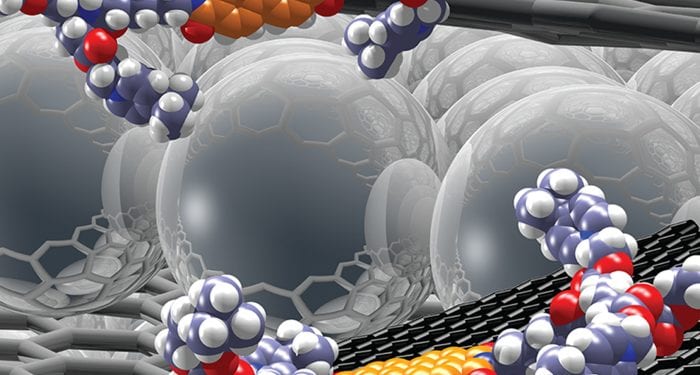

Highly Integrated Organic–Inorganic Hybrid Architectures by Noncovalent Exfoliation of Graphite and Assembly with Zinc Oxide Nanoparticles
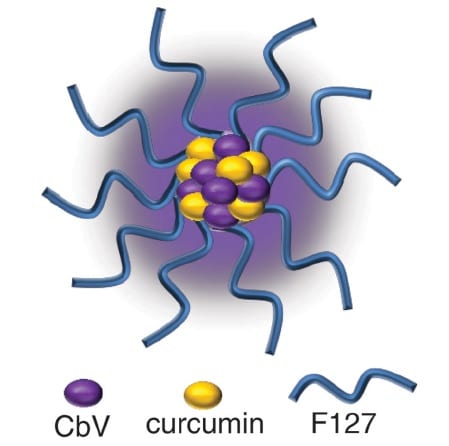
Drug carriers capable of easily crossing the BBB are being explored by a team working across locations in South Korea and the USA.
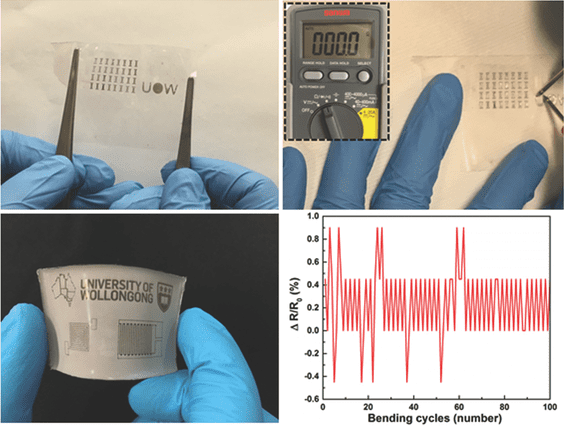
A team of researchers from Australia and China, have developed a family of superconducting liquid metals of GaInSn-alloys and their nanodroplets.
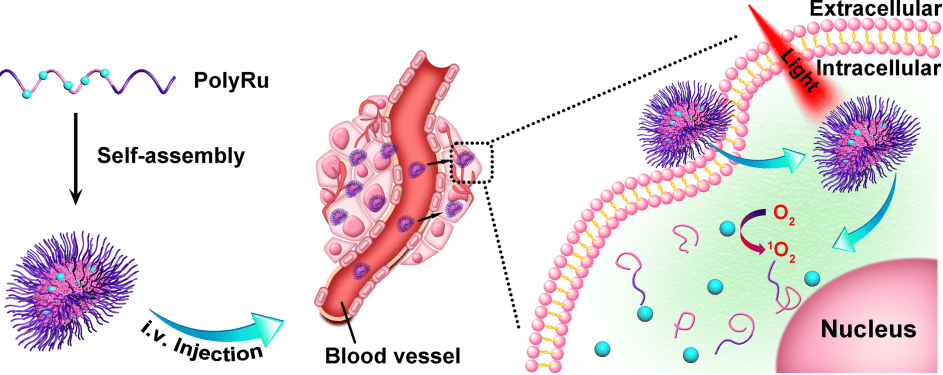
A polymetallodrug that overcomes the side effects of conventional anticancer phototherapy has been synthesized.
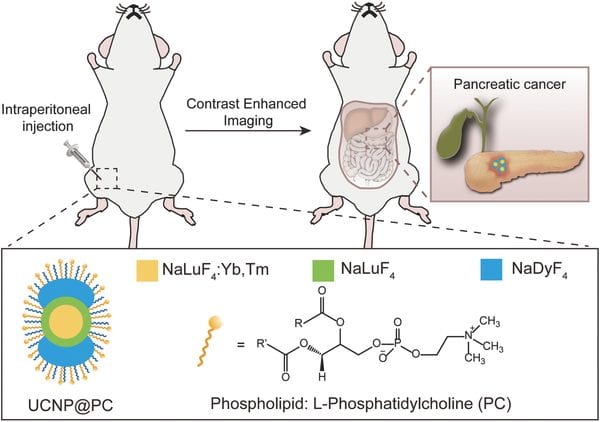
Intraperitoneally administered biointerface-camouflaged upconversion nanoparticles can pave the way for early diagnosis of pancreatic cancer through multimodal contrast enhanced imaging.

Shin-Hyun Kim and his coworkers at the Korea Advanced Institute of Science and Technology (KAIST) have developed a simple method to create bicolored Janus particles via phase separation of polymers in emulsion drops.
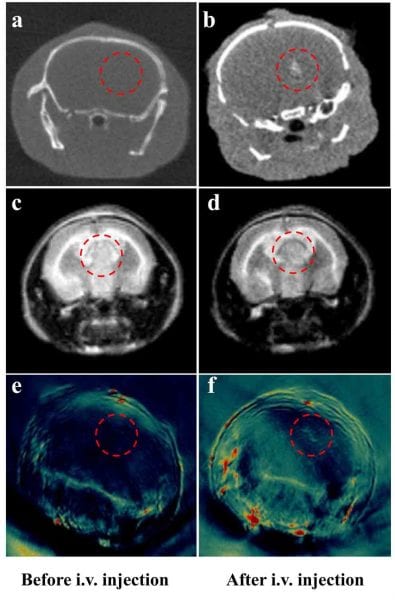
Researchers present the use of Au@MIL-88(Fe) nanoparticles that serve as triple-modality imaging agents, in CT, MRI, and PA imaging of gliomas.
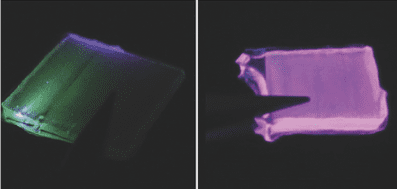
Researchers reveal “Quantum-Dot Wood”, transparent wood impregnated with luminescent semiconductor nanoparticles.
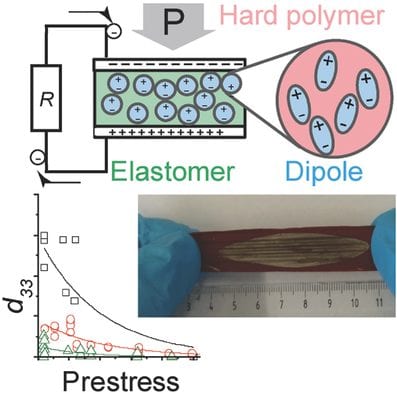
An all organic elastic electret is prepared with a piezoelectric coefficient comparable to the gold standard – poly(vinylidene fluoride.
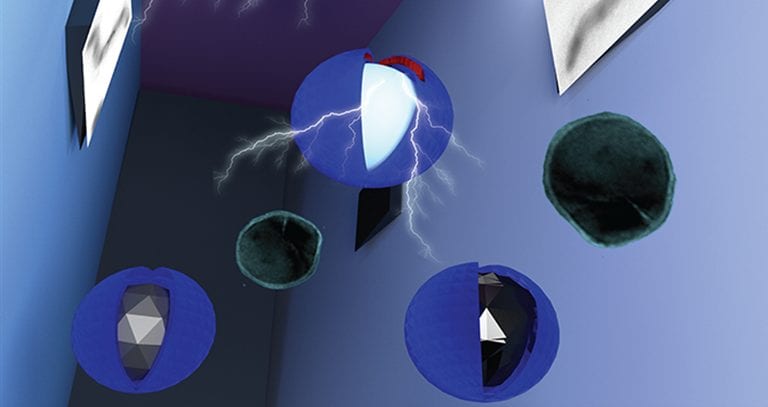
High-Throughput in situ Synthesis of Biomimetic Magnetite Loaded Nanovesicles Naturally occurring magnetite magnetic nanoparticles are produced by magnetic bacteria within liposomes called magnetosomes. These have numerous desirable properties, for example, they are...